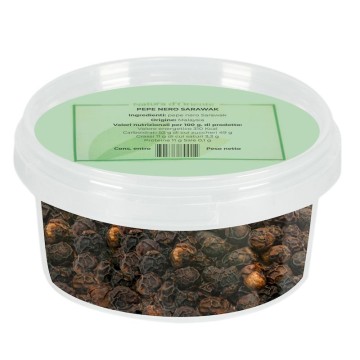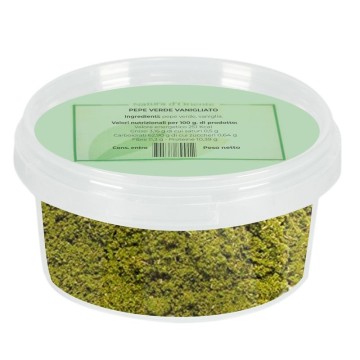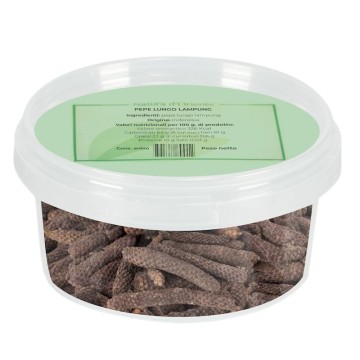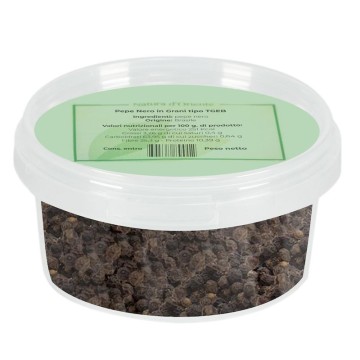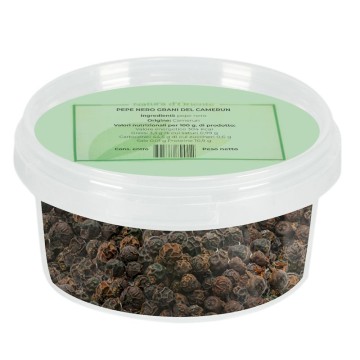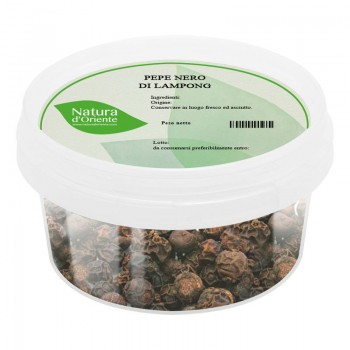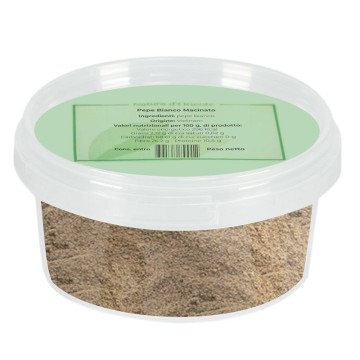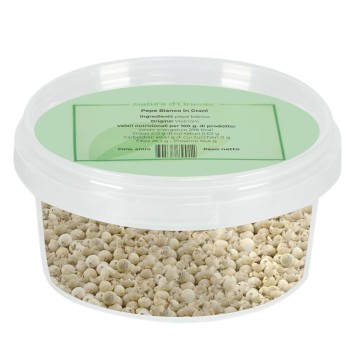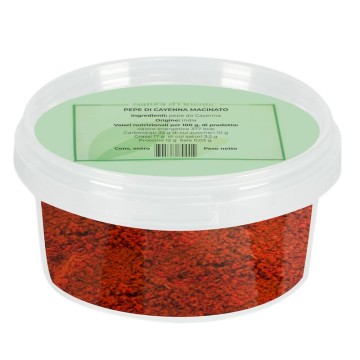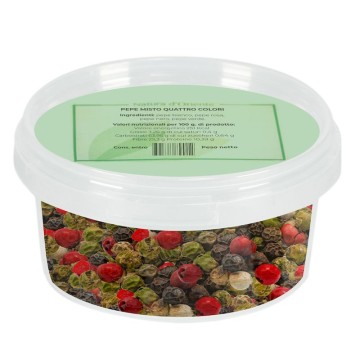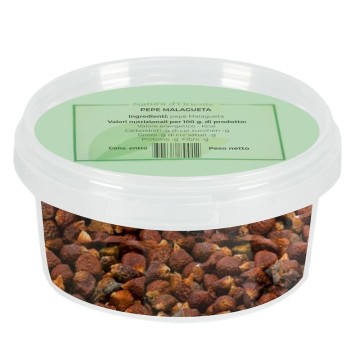Tasmanian pepper is a spice from Australia that belongs to the large group of so-called false peppers. It is a very aromatic "pepper" but also with a marked pungency (higher than that of black pepper) and which has the characteristic of leaving a sense of numbness like Sichuan pepper .
The plant and the fruit
Tasmanian pepper is the fruit (a berry) of a plant of the Winteraceae family called Tasmannia Lanceolata. It is a wild shrub that grows from 2 to 10 meters. The term lanceolate means that it has leaves that are narrow and elongated elliptical in shape and with pointed ends. The other common name of Tasmanian pepper, which is mountain pepper, instead tells us where this plant grows, often when we think of Australia we think that it has only beaches and deserts (or in any case arid areas), the Tasmannia Lanceolata instead it does not like arid areas and indeed it is a plant that resists the cold well. In Australia it is found mainly in the rainforests with a cold-temperate climate in the mountains in the south-east of the country (as well as obviously in those of Tasmania which is an island located precisely under the south-eastern tip of Australia), but also in the wetlands within drier forests and along streams at an altitude of 1500 meters. The fruit is a bilobed berry first dark red and then black-purple ripening which once dried takes on a darker and wrinkled appearance very similar to that of black pepper. The difference from black pepper is that the rather large berry contains several small seeds and not just one.
Organoleptic characteristics and properties of Tasmanian pepper
As with all spices, traditional medicine has used Tasmanian pepper as a medicine attributing to it properties that are essentially the same as those attributed to other peppers (real or false): anti -microbial, anti-fungal, anti-inflammatory, vessel dilators. As for the organoleptic properties, Tasmanian pepper at first taste is fresh and aromatic and even sweet, then a very marked pungency enters and finally, as mentioned in the introduction, it has the characteristic of leaving a feeling of numbness in the mouth.
Tasmanian pepper production
Tasmanian pepper is still considered the fruit of a wild plant, the attempt of cultivation for commercial purposes is only in the initial stages, after all the spice is not very well known beyond outside Australia and therefore there is no such demand that pushes to develop agriculture. Therefore, the supply is currently covered by subjects, more or less regular, more or less improvised, who cannot therefore guarantee the regularity of the volume of supplies. According to the Australian government portal that deals with the prospects of the agricultural market, the mountain pepper product needs a campaign that illustrates its benefits and quality to the food industry, especially the international one. Currently 60% of the product is exported and is authorized by the EU as a condiment, the main markets are Germany, France and Switzerland.
Tasmanian pepper in the kitchen
In Australia it is added to many local meat dishes, such as kangaroo steaks and emu burgers, in the USA it is used in restaurants offering bush cuisine Australian. In Japan it is used as an ingredient in Wasabi , in essence it is an alternative to black pepper , but remember that it is spicier, so it should be used moderately.
But the chefs' imagination is endless and there is no shortage of original combinations, who said that vegetarians can't find a way to use it?
We found a vegetarian appetizer:
Tasmanian pepper asparagus salad
Ingredients for 4 people
White asparagus 600gr
sale q.b
Tasmanian pepper 1 tablespoon
White dressing * 4 tablespoons
Olive oil 5 tablespoons
Lemon juice 1 tsp
Quince jelly 1 tablespoon
Portulaca 80gr
Procedure
1) Peel the asparagus starting from the punte and eliminate the ends. 2) Cut them into pieces of about 3 cm and boil them in salted water for about 5 minutes. 3) Pass the asparagus under cold water, drain and drain them. 4) Crush the pepper in a mortar. 5) Put it in a bowl with the white dressing, oil, lemon juice, quince jelly and mix. 6) Season with salt. 7) Serve the asparagus with purslane and drizzle with the sauce. Recipe source: migusto .migros.ch
* for those who have never used it, the white dressing is a special blend of white vinegar and grape must with a sweet and spicy taste.





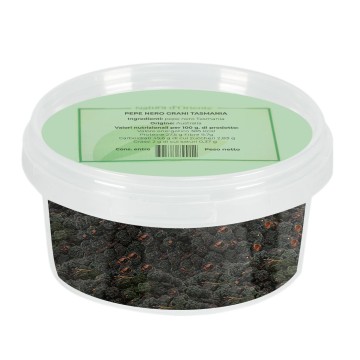



 By buying this product you can collect up to
By buying this product you can collect up to
